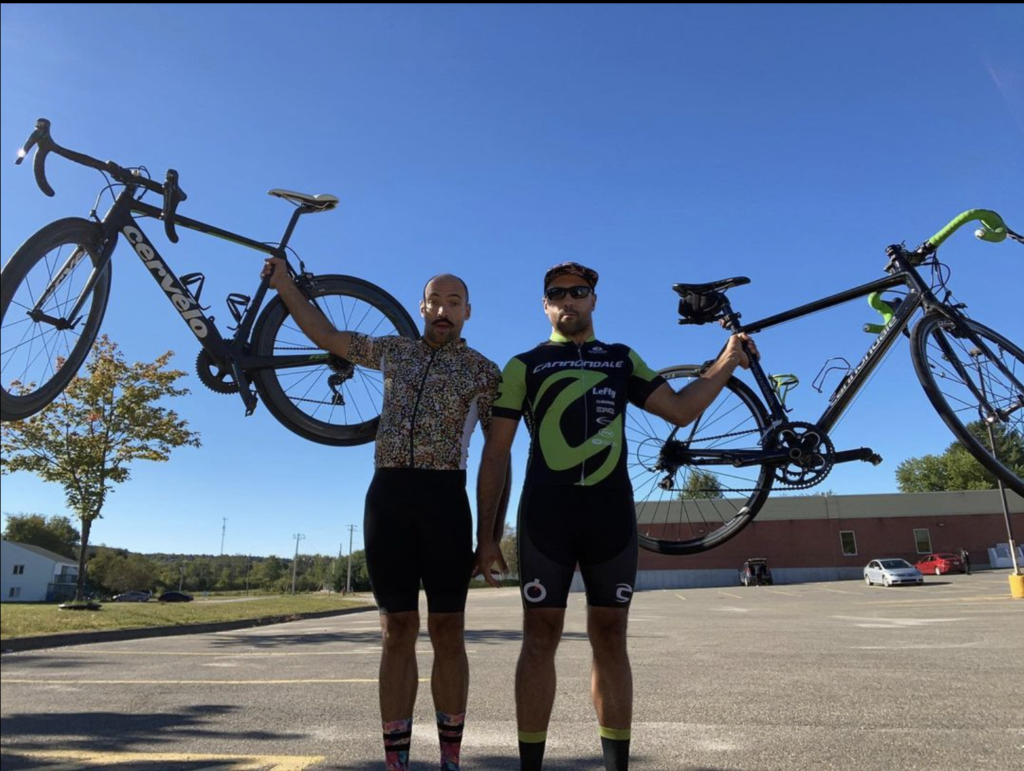
The Real Story Behind the Ride:
Why Cyclists Get Neck Pain, Upper Back Pain, and Hand Numbness
Chiropractic relief for cyclists
Alright, let’s get real for a second, folks. You love cycling. I mean, who wouldn’t? You’re out there, looking sleek in your spandex, feeling the wind in your face, probably thinking you’re in the Tour de France when you’re just biking to grab a coffee, right? But then—BAM—there it is. That nagging neck pain, the upper back tightness, and, oh, don’t forget about those numb hands. Suddenly, you’re thinking, “Is this it? Am I broken? Do I have to hang up the bike?” No way, pal, we’re not throwing in the towel that easy.
Here’s the deal: cyclists have these problems because of some pretty obvious reasons. You’re hunched over like Quasimodo for hours, gripping the handlebars like you’re holding onto your last hope, and the next thing you know, your body is screaming for mercy. But don’t sweat it! Chiropractic adjustments, believe it or not, are a game-changer. And I’ve got the science to back this up, so buckle in.
The Cyclist’s Posture: Setting the Stage for Pain
You’ve heard it before, and I’m gonna say it again: that hunched-over cycling posture is doing you no favors. You’re basically locked in a forward flexed position, gripping the handlebars for dear life while your neck is all the way cranked up just to see where you’re going. The result? Neck pain, upper back tension, and hands that go numb faster than you can say “Tour de France.”
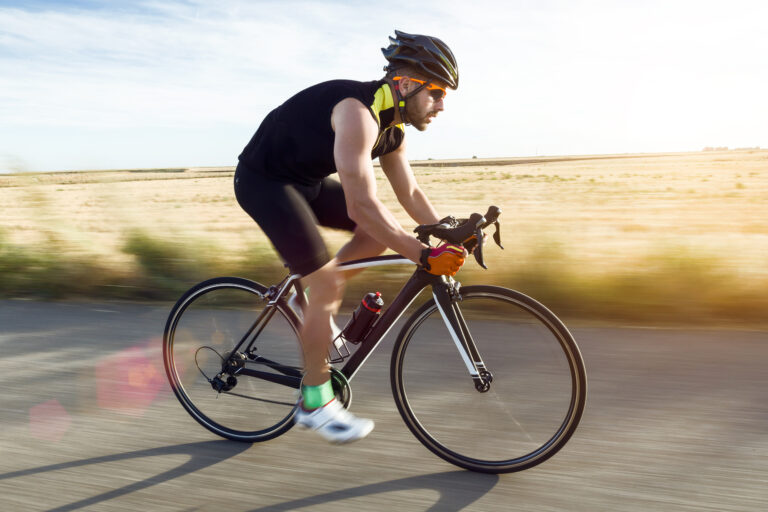
Here’s what happens. That forward flexion compresses your nerve roots in the neck, messes with your spinal range of motion and alignment, and leads to Double Crush Syndrome—where nerves get compressed in two spots, like your neck and wrist, causing all kinds of unpleasant symptoms. I mean, if that’s not a recipe for pain, I don’t know what is. Studies like the one published in the Journal of Manipulative and Physiological Therapeutics (Hoyt et al., 2010) show that cyclists are particularly vulnerable to neck pain and nerve issues because of this jacked-up posture.
So what’s the fix? Chiropractic care is a huge part of the solution, but if you really want to cover all your bases, combining it with massage therapy and targeted exercises is the way to go.
Chiropractic Adjustments: The First Step
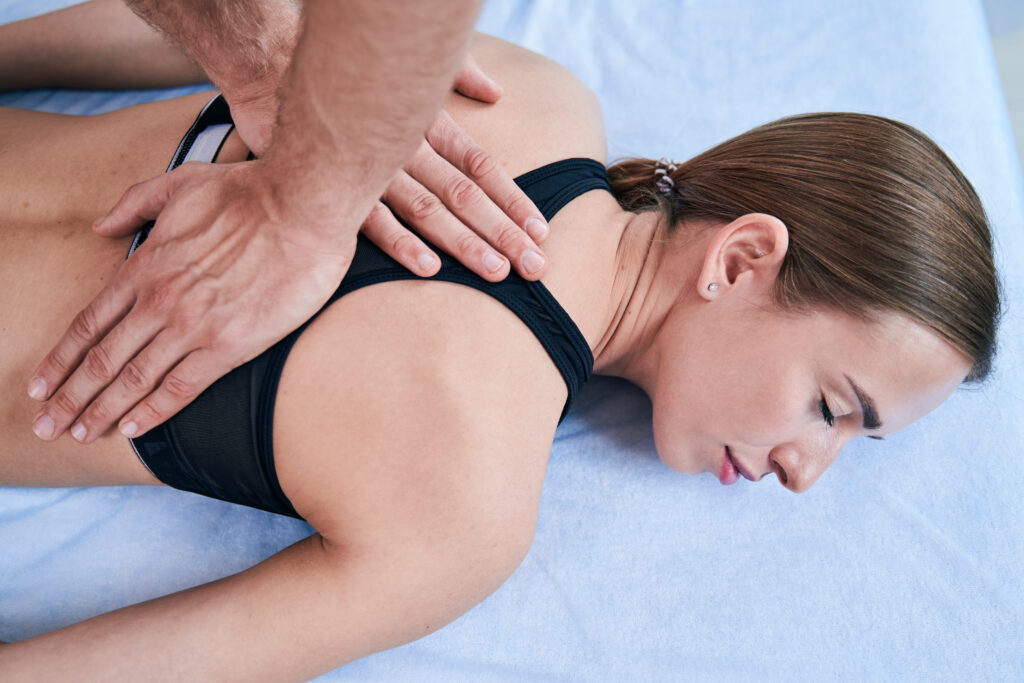
We’ve already talked about how chiropractic adjustments work. Chiropractors maintain your entire body’s range of motion, especially in the neck and upper back, to relieve pressure on the cervical nerve roots (nerves) and correct your posture. This realignment not only gets rid of the pain but also helps improve your muscular control, so you’re not feeling stiff and awkward on the bike. Extremity adjustments to the wrist, elbow and shoulders have also been shown to help relieve peripheral nerve entrapment that can lead to those uncomfortable tingles and gingles in the hands.
Research backs this up, too. Studies have shown that chiropractic care significantly reduces pain levels in cyclists while improving overall spine function. For example, a 2019 study in the European Spine Journal (Peterson et al., 2019) found that cyclists who received spinal manipulative therapy (SMT) experienced major improvements in neck mobility and reduced pain.
But chiropractic care is just one piece of the puzzle. If you really want to maximize your results, you’ve got to take a holistic approach.
Chiropractic relief for cyclists
Massage Therapy: The Secret Weapon
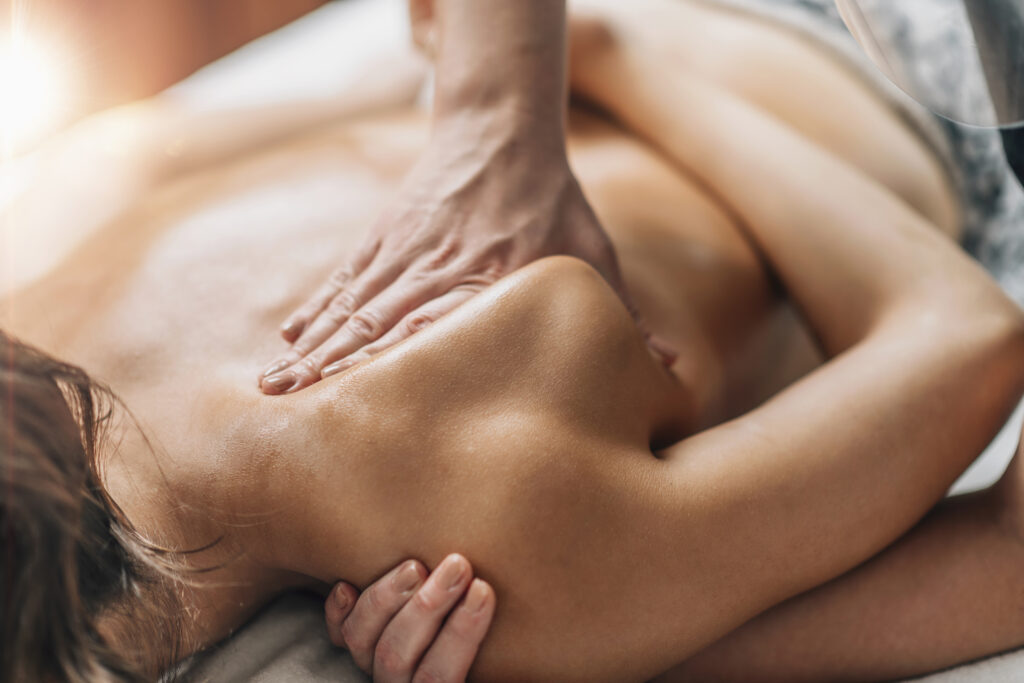
Now, let’s talk about massage therapy. This isn’t just about feeling good—though, let’s be honest, a good massage can make you feel like you’re floating on a cloud. When combined with chiropractic adjustments, massage therapy helps relax the muscles around the spine, making it easier for chiropractors to work their magic.
Let me break it down for you: when your muscles are tight, they can stress out the joints in your spine creating misalignment. That’s right, all that hard work your chiropractor just did? Gone.
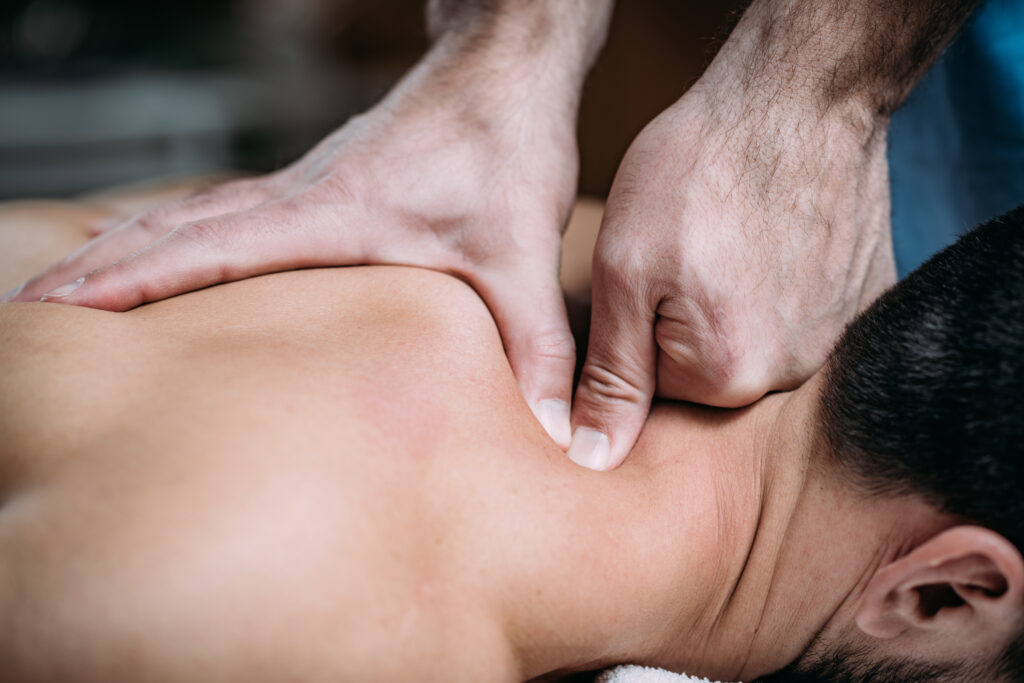
Massage therapy helps loosen those muscles, reducing the tension that’s pulling your spine out of place. Not to mention, it increases blood flow, improves circulation, and helps your body heal faster.
A study published in the Journal of Physical Therapy Science (Moraska et al., 2017) showed that combining massage therapy with spinal adjustments resulted in greater pain relief and faster recovery for patients dealing with musculoskeletal pain. So, if you’re serious about healing and preventing future issues, adding in some regular massages is a no-brainer.
Specific Exercises: Building Strength and Stability
Alright, we’ve covered chiropractic adjustments and massage therapy, but here’s the final piece of the puzzle: specific exercises. Now, I know what you’re thinking, “Dr. T, I already ride my bike, isn’t that enough exercise?” Sure, riding your bike is great, but you’ve got to work on your core neck strength, shoulder stability, and mobility if you want to fix the root of these problems.
Here’s the thing: cycling is a repetitive motion that can lead to muscle imbalances. Your quads might be strong, but if your core and upper body are weak, you’re gonna invite compensation into the mix and that’s someone no one wants at this spandex party. Those weak areas force your neck and upper back to take the brunt of the load, which leads to pain and tension.
Chiropractic relief for cyclists
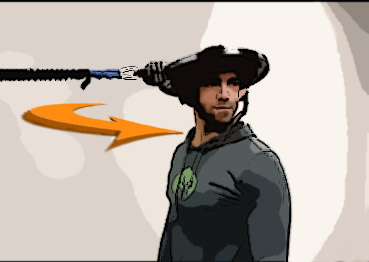
A solid exercise routine that targets your core, shoulders, and neck is essential to keeping your body balanced. Shoulder mobility and stabilizing exercises, and neck strengthening and mobility drills are all key. Studies, like the one published in the American Journal of Sports Medicine (Wilber et al., 1995), show that cyclists who incorporate strength training and mobility exercises into their routine experience fewer injuries and better performance overall.
Another important aspect is flexibility. A 2018 study in the Journal of Orthopaedic & Sports Physical Therapy showed that stretching the muscles in your neck, back, and shoulders can relieve nerve tension and reduce symptoms of Double Crush Syndrome (Kim et al., 2018). So, don’t forget your stretching routines AKA Yoga—they’re just as important as the strength work.
Chiropractic relief for cyclists
Why the Combo Works: A Trifecta of Healing
So, why is this three-pronged approach so effective? It’s simple—each part of the treatment plan supports the others. Chiropractic adjustments get your spine pain-free joint ranges of motion, massage therapy relaxes the muscles and boosts blood flow to help the adjustments stick, and specific exercises build the strength and flexibility you need to prevent the same problems from happening again.
By combining chiropractic care with massage and exercises, you’re covering all the bases. It’s like having a top-notch pit crew working on your body, making sure everything runs smoothly so you can perform at your best. Whether you’re a casual weekend rider or you’re training for an endurance race, this approach is going to help you ride longer, stronger, and pain-free.
Chiropractic relief for cyclists
Treat Your Body Right, and It’ll Treat You Right Back
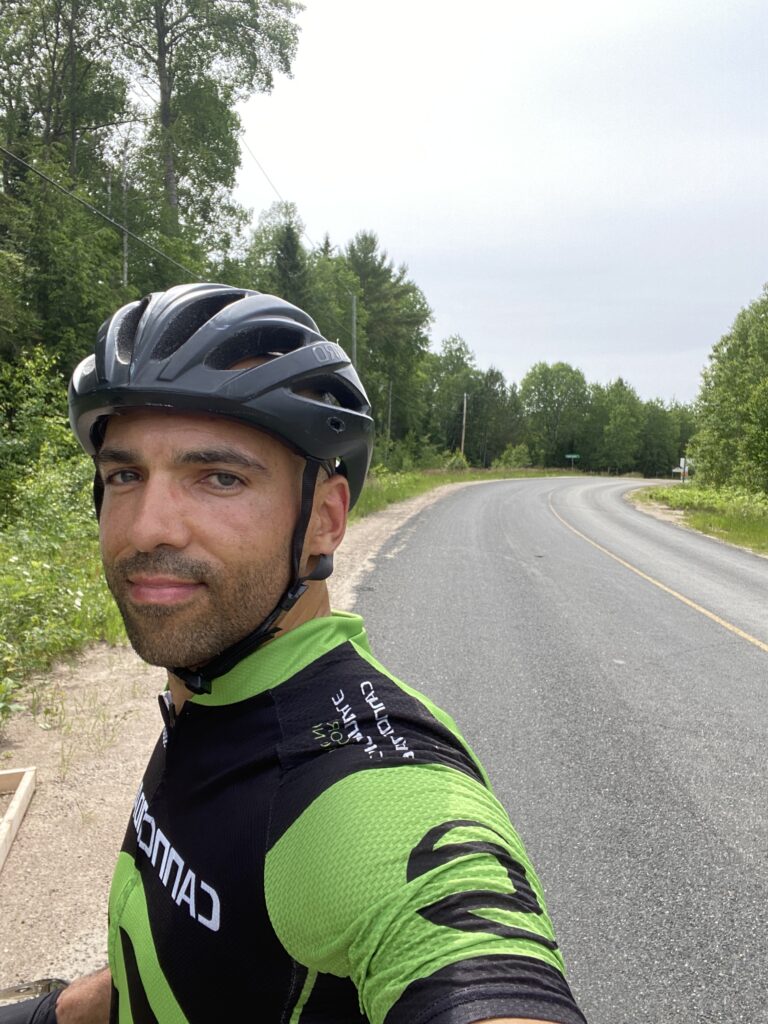
Look, cycling’s amazing. It’s fun, it’s challenging, and sometimes it almost looks like your watching a sausage trying to escape its own casing. I mean, we get it—you’re aerodynamic, but come on, pal, you’re one coffee break away from turning that outfit into a crime scene!”. Jokes!
But if you’re dealing with pain, it’s not going to be fun for long. By combining chiropractic care, massage therapy, and specific exercises, you’re giving your body the best chance to heal and stay strong for the long haul. You’re not just fixing what’s broken—you’re building a stronger, healthier body that can handle whatever you throw at it.
So get out there, ride hard, but be smart about how you treat your body. With the right plan in place, you’ll be back on the bike, feeling better than ever, and ready to crush those miles without pain holding you back.
